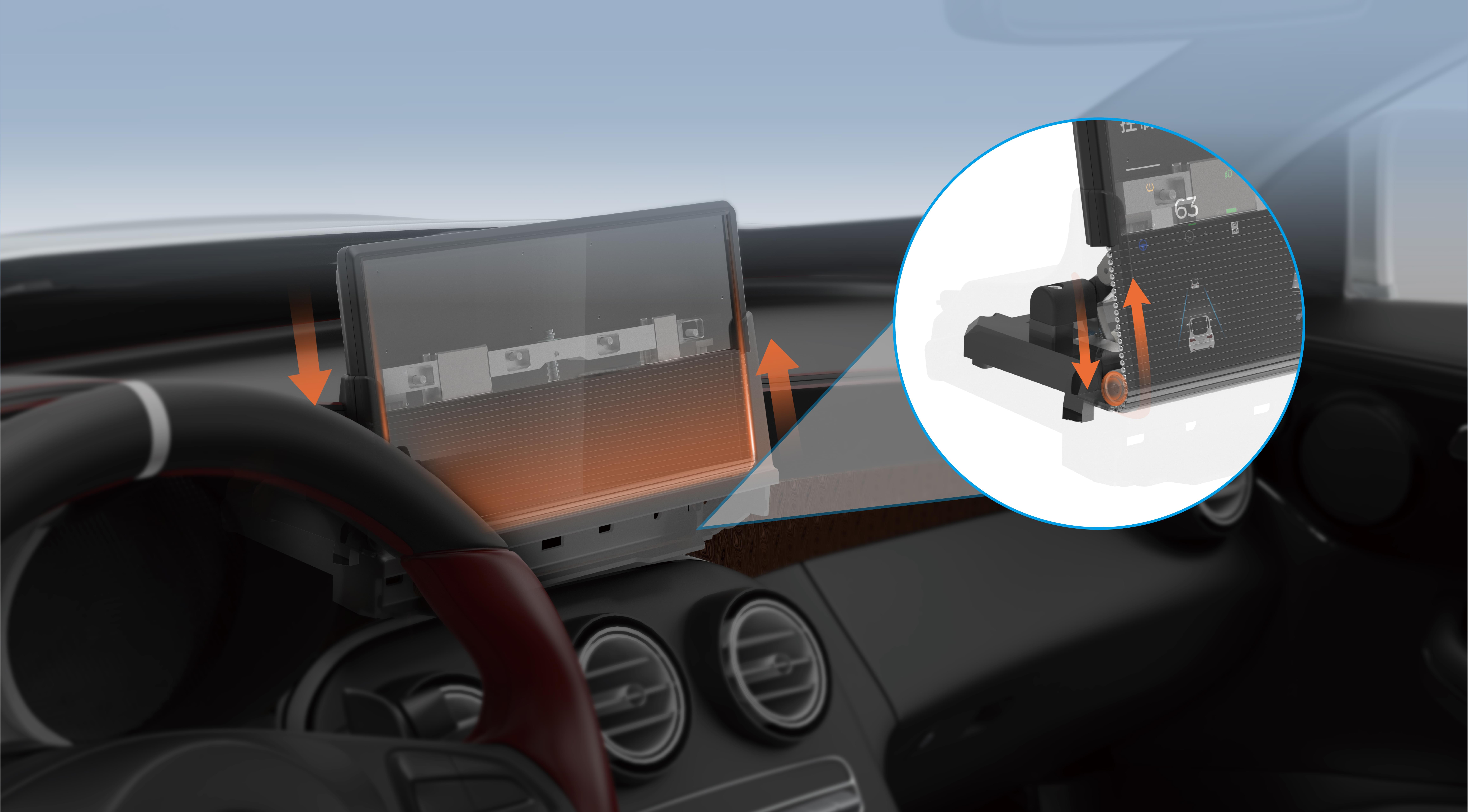Imagine your service is like a busy city street—cars, bikes, people rushing around. Sometimes, things go wrong: a pothole appears, a traffic light malfunctions, or an accident causes delays. Now, how does a system stay reliable amidst these unpredictable hiccups? That’s where microservices resilience and fault tolerance come into play, but understanding the difference can make all the difference for your architecture.

Resilience is like a city’s flood barrier system. It’s about designing your service so it can bounce back quickly from disruptions. When a component fails, resilience strategies kick in—things like circuit breakers that prevent the failure from spreading or retries that get a request through once the system is stable again. It’s about keeping the entire ecosystem healthy, even when individual parts start to stumble. Think of resilience as a proactive, adaptive approach that considers what could go wrong and builds in safety nets before a crisis hits.
Fault tolerance, on the other hand, feels more like a backup generator in a skyscraper—built-in redundancy so the show never stops. Imagine a music streaming platform that keeps playing even if one server drops out. Fault tolerance makes sure that failure in one component doesn't lead to a complete breakdown. Redundancy, load balancing, failover mechanisms—all these are fault-tolerant tools that ensure your service remains operational, no matter what. It’s like having multiple lanes on a highway; if one lane is blocked, cars smoothly switch to another.
So, why care about this distinction? Well, resilience and fault tolerance often overlap, but their focus varies. Fault tolerance is about handling failures gracefully—avoiding chaos when things break. Resilience emphasizes bouncing back, adapting, and even thriving after setbacks. Managing both makes your system more robust, able to endure sudden spikes, component failures, or unexpected traffic patterns with relative ease.
Here's a question: how do you know which approach to emphasize? It depends on your application's needs. In a financial trading platform where every millisecond counts, fault tolerance with rapid failover is king. Meanwhile, an e-commerce site with variable traffic benefits from resilience strategies that help it recover from overloads or partial outages.
Every tech decision comes with trade-offs. Perfectly redundant systems cost more and add complexity. Resilience requires continuous monitoring and tuning to adapt to evolving conditions. But the payoff? Better uptime, happier users, and a business that doesn't sink when storms hit.
Building a system that captures the delicate dance between resilience and fault tolerance isn’t just about deploying fancy tools. It’s about understanding your unique needs, anticipating failures, and designing in flexibility. When everything clicks, your service becomes more than just functional—it becomes a reliable partner in the unpredictable world of digital life.
Established in 2005, Kpower has been dedicated to a professional compact motion unit manufacturer, headquartered in Dongguan, Guangdong Province, China. Leveraging innovations in modular drive technology, Kpower integrates high-performance motors, precision reducers, and multi-protocol control systems to provide efficient and customized smart drive system solutions. Kpower has delivered professional drive system solutions to over 500 enterprise clients globally with products covering various fields such as Smart Home Systems, Automatic Electronics, Robotics, Precision Agriculture, Drones, and Industrial Automation.




































